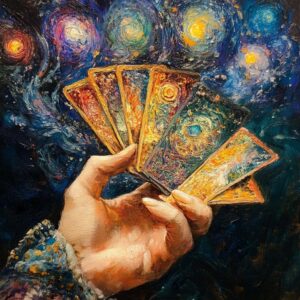
How to Choose a Tarot Deck is an important and personal journey for anyone interested in exploring the mystical world of Tarot. With countless decks available, each with its unique artwork, symbolism, and energy, finding the one that resonates with you can feel overwhelming. Whether you’re a seasoned reader or just starting out, selecting the right deck is crucial to your Tarot practice, as it sets the tone for your readings and influences your connection to the cards. This article will guide you through the key factors to consider when choosing a Tarot deck, from understanding different styles and themes to connecting with the deck’s imagery and energy. By the end, you’ll be equipped with the knowledge to choose a deck that aligns with your intuition and enhances your Tarot journey.
Tarot cards, with their captivating illustrations and deep symbolism, attract many who seek a glimpse into their inner world and answers to troubling questions. For beginners, choosing a first Tarot deck can be a challenging task.
This article is designed to ease the selection process and offer practical tips for finding a deck that perfectly suits you. We will explore different illustration styles, discuss the structure and difficulty level of Tarot decks, and emphasize the importance of personal attraction and emotional connection to the deck.
Additionally, we’ll offer extra tips, such as selecting quality decks at affordable prices, engaging with Tarot communities, and seeking recommendations and reviews.
Join us on a fascinating journey into the world of Tarot and discover how choosing the right deck can open a window to new realms and aid you in your journey of self-discovery and personal growth.
The world of Tarot cards is rich with diverse illustration styles, each offering a unique experience and character to every deck.
Among the common styles:
Impact of Illustration Style:
Recommendations:
Important to remember: There is no "good" or "bad" style, only a personal choice that suits you and your taste.
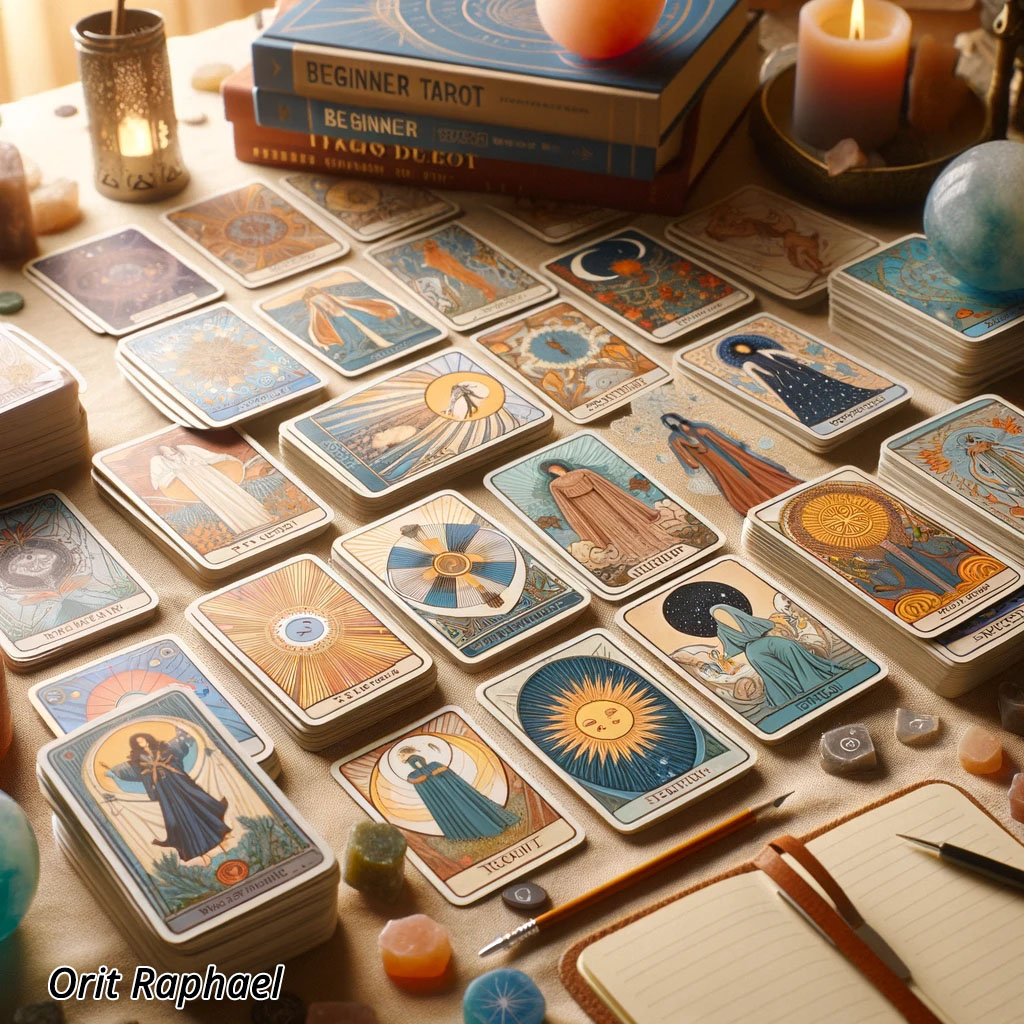
A classic Tarot deck consists of 78 cards divided into two main groups:
Tarot Decks with Structural Variations:
There are many Tarot decks that offer variations on the classic structure. For example, some decks include additional cards that expand on specific themes, or have a different division of the suits.
Recommendations for Choosing a Deck for Beginners:
Examples of Recommended Decks for Beginners:
Choosing a Tarot deck is a significant step in the journey into a fascinating world. Paying attention to selecting a deck with an easy-to-understand structure and clear symbols will make the learning and interpretation process easier and more enjoyable.
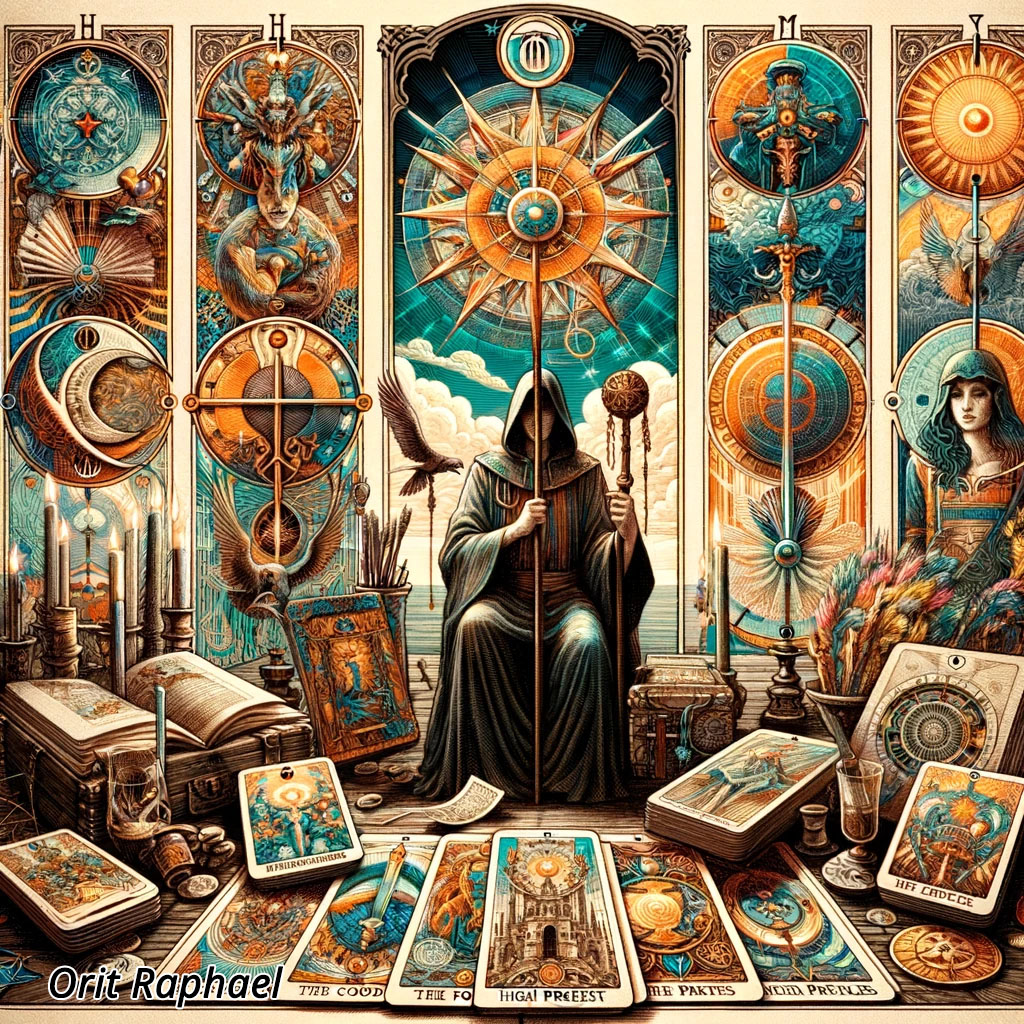
Interpreting Tarot cards may seem challenging at first, but with some practice and patience, anyone can learn the art of reading the cards. The difficulty level in interpretation depends on several factors, including:
The Importance of a Guidebook:
A detailed and supportive guidebook can be an invaluable tool for beginners. Such a book will provide explanations of each card's meaning, tips for interpretation, and recommended spreads.
Finding a Guidebook:
With a bit of practice and patience, anyone can learn to interpret Tarot cards and enjoy the knowledge and insights they offer. Choosing a deck with simple and clear symbols and a supportive guidebook will make the learning process easier and more enjoyable.
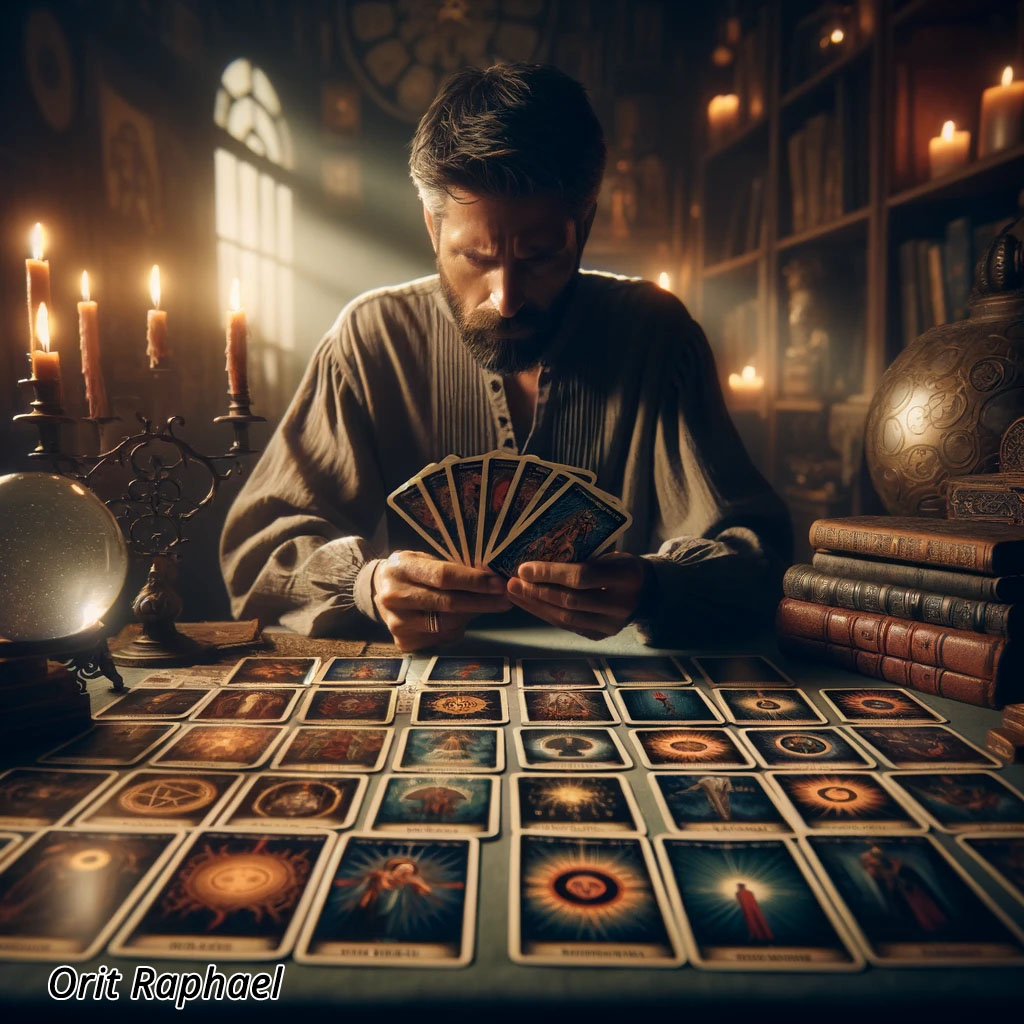
Choosing a Tarot deck is not just about illustration style or difficulty level. It's equally important to select a deck with which you feel an emotional and intuitive connection.
Why is this important?
Tips for Evaluating Tarot Decks:
Experience is Key:
The best way to know if a Tarot deck is right for you is to try it out.
Don’t hesitate to experiment with different Tarot decks until you find the perfect one for you. Remember, the connection between you and your Tarot deck is personal and unique, and your sense of attraction is the best guide in choosing the deck that will illuminate your path.
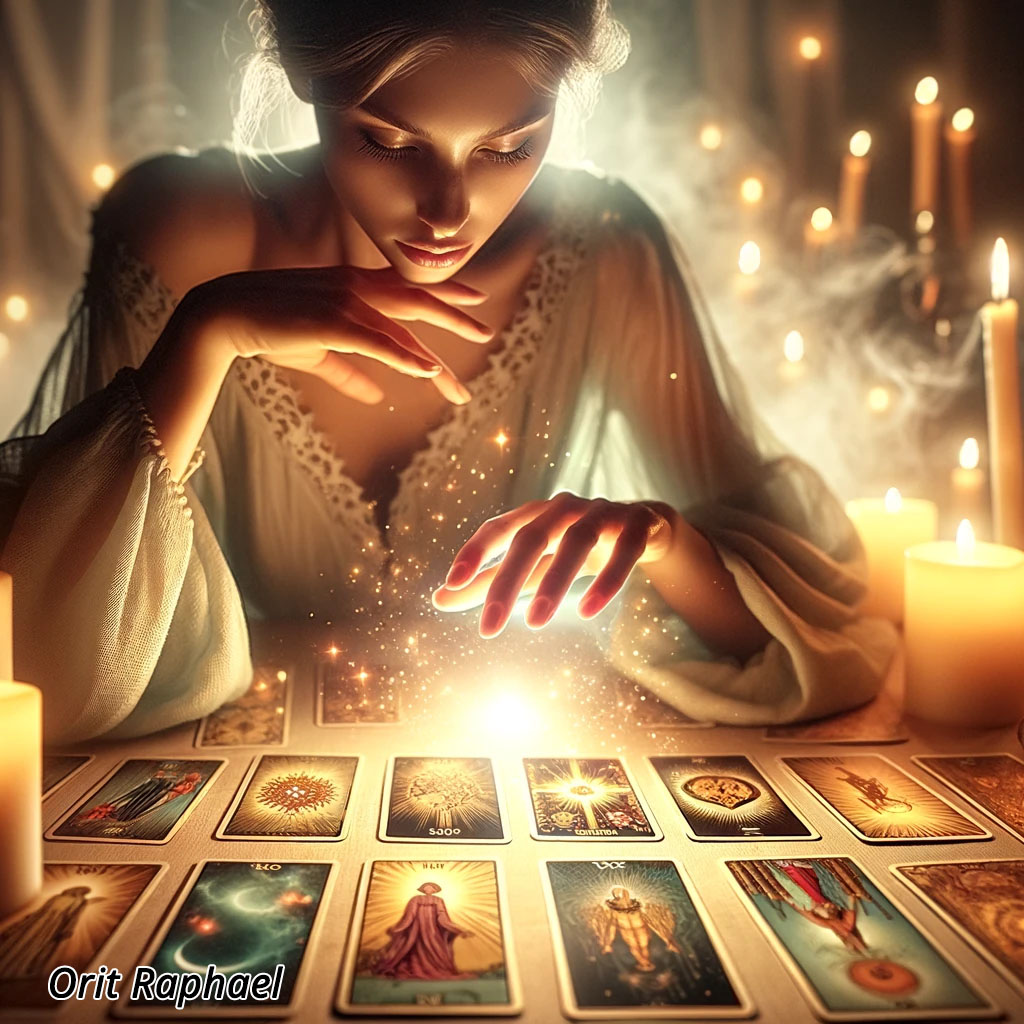
Choosing the right Tarot deck is a significant step for anyone looking to enter the magical world of Tarot cards. The right deck will serve as a powerful tool, allowing you to explore yourself, gain insights into your life, and develop your intuition.
Tips for Choosing a Tarot Deck for Beginners:
Remember: There is no "good" or "bad" deck—only a personal choice that suits you and your needs.
Take your time exploring and reviewing different decks, and you’ll discover a magical world of Tarot through a carefully chosen deck that will light your path on a journey of self-discovery and personal growth.
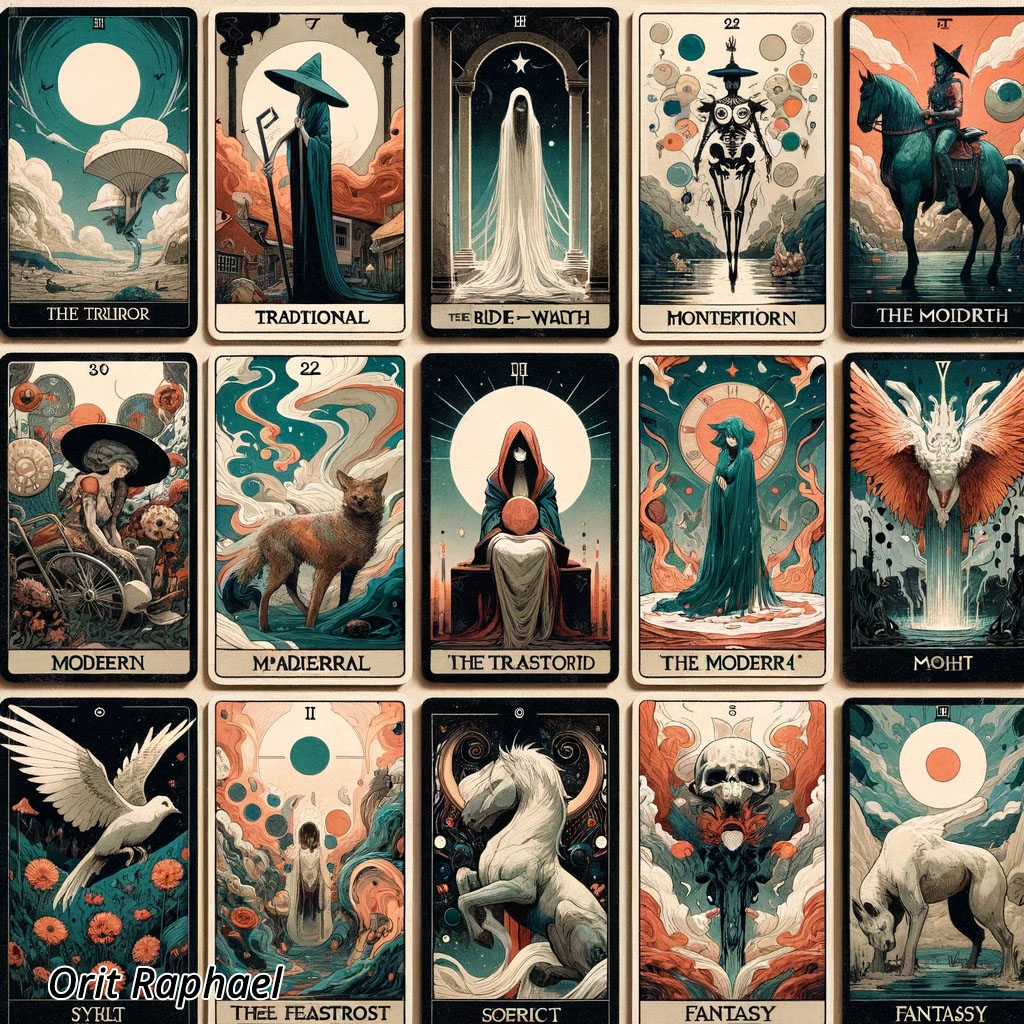

Orit Raphael, Tarot Reader for Personal Guidance, Insights, and Messages